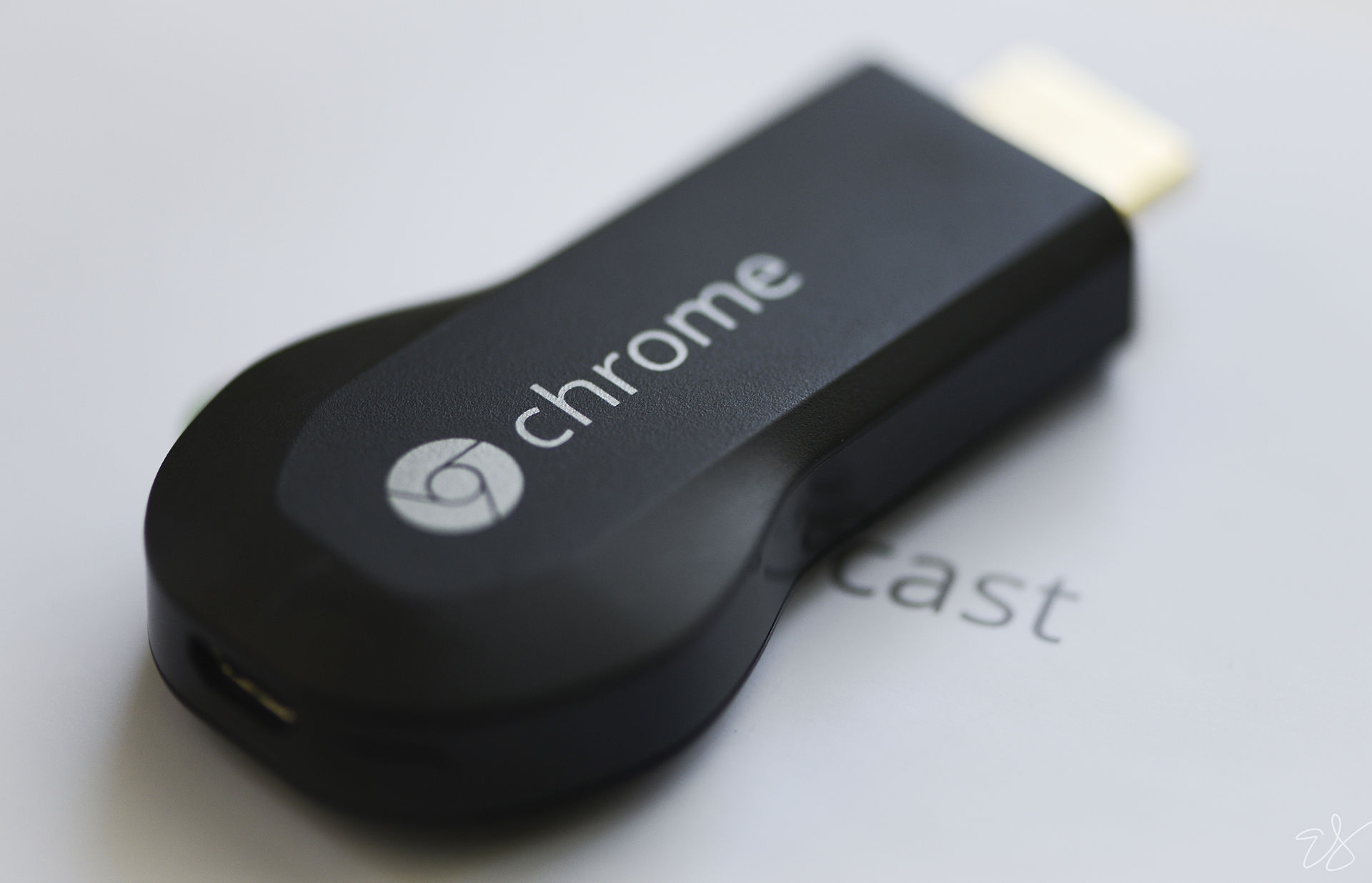Home>Reviews>Gadgets>AirPlay vs. Chromecast: A Comparison of Wireless Streaming Options


Gadgets
AirPlay vs. Chromecast: A Comparison of Wireless Streaming Options
Modified: September 5, 2024
Discover the best wireless streaming option for your gadgets with this comprehensive comparison of AirPlay and Chromecast. Explore their features, compatibility, and performance to make an informed decision.
(Many of the links in this article redirect to a specific reviewed product. Your purchase of these products through affiliate links helps to generate commission for Techsplurge.com, at no extra cost. Learn more)
Table of Contents
Introduction to AirPlay
AirPlay, developed by Apple, is a proprietary streaming technology. Initially introduced in 2004 as "AirTunes," it was later renamed "AirPlay" in 2010. This technology enables users to stream audio and video content wirelessly from Apple devices like iPhones, iPads, and Macs to compatible devices such as Apple TVs, speakers, and smart speakers. Its seamless integration with Apple's ecosystem makes it a preferred choice for those deeply invested in Apple products.
How AirPlay Works
AirPlay uses a proprietary protocol allowing devices to communicate over a local network. When streaming content, users press a button within an app and select the desired device. The content then transmits from the sender device to the receiver, which can be controlled from the sender.
Advantages of AirPlay
- Ease of Use: AirPlay offers a straightforward and intuitive streaming process, especially for Apple device users.
- Integration with Apple Ecosystem: Seamless integration with Apple devices allows easy streaming to Apple TVs and other compatible devices without additional setup.
- Wide App Support: Many popular apps, including Netflix, Hulu, and HBO GO, support AirPlay, making it versatile for streaming various content types.
- Multiroom Audio: AirPlay 2, introduced in 2018, allows streaming audio to multiple devices simultaneously, ideal for multiroom audio setups.
- Siri Integration: AirPlay 2 enables control through Siri, offering convenient voice command management for streams.
Introduction to Chromecast
Chromecast, developed by Google, is a popular streaming technology introduced in 2013. It allows users to stream content from devices like Android phones, iPhones, and Chrome browsers to compatible devices such as TVs, soundbars, and speakers.
How Chromecast Works
Chromecast operates differently from AirPlay. Instead of directly streaming content from the device, Chromecast acts as a remote control. Pressing the Chromecast icon in an app sends a command to the Chromecast device, which fetches the content from the internet and plays it on the connected device. This method is less intensive on the device's battery and can provide higher quality audio and video if the connection is good.
Advantages of Chromecast
- Cross-Platform Compatibility: Chromecast works with both Android and iOS devices, making it inclusive for users across different ecosystems.
- Lower Battery Drain: Since Chromecast doesn't stream content directly through the device, it conserves battery life, beneficial for frequent streamers.
- Higher Audio/Video Quality: Chromecast supports higher quality audio and video streams (up to 24/96) without the device handling the transmission, resulting in a polished viewing experience.
- Multi-Device Support: Similar to AirPlay 2, Chromecast allows streaming to multiple devices simultaneously, though it depends on the network's capacity.
- Voice Control Integration: Chromecast integrates well with Google Assistant, offering seamless voice control and smart home device integration.
Comparison of AirPlay and Chromecast
Device Compatibility
AirPlay primarily works with Apple devices, including iPhones, iPads, and Macs. While some third-party apps support AirPlay on Android, official support remains limited. Chromecast, however, is compatible with a wide range of devices, including Android phones and tablets, iPhones and iPads, and any Chrome browser on PCs or Macs.
App Support
Both AirPlay and Chromecast boast extensive app support. AirPlay has a slight edge due to its long-standing presence in the market, with many popular apps like Netflix and Hulu supporting it. Chromecast also supports numerous apps, including YouTube and Google Play Music, but may take time to catch up with AirPlay in overall app support.
User Experience
AirPlay offers a more integrated user experience within Apple's ecosystem, with a straightforward and intuitive streaming process. Chromecast requires users to set up the device and use it as a remote control to fetch content from the internet. While this method conserves battery life, it may require more setup and understanding of how Chromecast works.
Audio/Video Quality
Both technologies can stream high-quality audio and video. Chromecast has an edge in technical specifications, supporting up to 24/96 audio quality without the device handling the transmission, resulting in a more polished viewing experience.
Practical Considerations
Network Dependence
Both AirPlay and Chromecast rely on a stable network connection. Chromecast's method of fetching content from the internet can sometimes be more network-dependent. A slow or unstable network connection may affect Chromecast's streaming quality more significantly than AirPlay.
Voice Control
Voice control is increasingly important in smart home devices. AirPlay has some integration with Siri, limited to the Apple HomePod and other Apple devices. Chromecast integrates seamlessly with Google Assistant, offering comprehensive voice control capabilities across a wider range of devices.
Recommendations
For Apple Users
Those already invested in the Apple ecosystem will likely find AirPlay the best choice. Its seamless integration and wide app support make it convenient for streaming content within Apple devices.
For Cross-Platform Users
Users with both Apple and Android devices or those preferring a more inclusive option will find Chromecast the better choice. Its cross-platform compatibility and higher audio/video quality make it versatile for streaming content.
For Voice Control Enthusiasts
Voice control enthusiasts will benefit from Chromecast's integration with Google Assistant. Its comprehensive voice control capabilities across various devices make managing streams easier without physical interaction.

